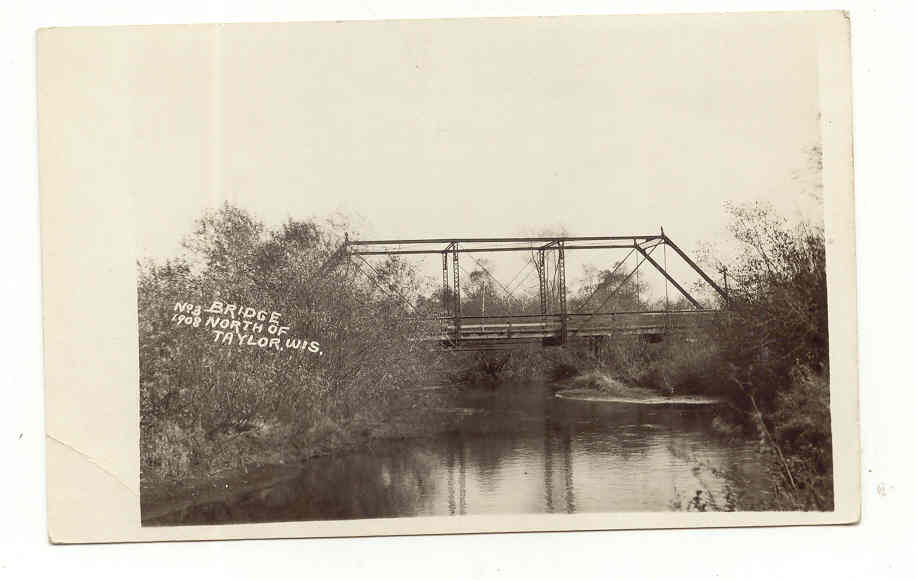Schwarz
View current page
...more recent posts
"Instead, I went off to the most extraordinary show in Paris, "The Third Eye: Photography and the Occult" at the Maison Européenne de la Photographie (through February 6). With more than 300 small photos, many from the late 19th century and nearly all patently fraudulent, the show is about the power of illusion and the compulsion of belief. Spirit photos, each purporting to capture the ghostly presence of a departed loved one hovering beside the living, throng the exhibition's opening galleries with wraiths—disembodied heads, transparent figures, angelic children, hands raised in blessing, a vaporous dog—and their anxious, deluded companions. Far more alarming (and more than a little hilarious) are pictures of mediums who, when not levitating furniture, could manifest thoughts and dreams as spurts of fluid or ectoplasmic macramé. No matter how hokey, the images curator Pierre Apraxine has gathered here (many of which will travel to the Metropolitan Museum, where "The Third Eye" opens next September 27) have the dreamy, disturbing allure of the most compelling surrealist concoctions. These photographs don't just subvert realism, they feed off and fuck with it, offering a view through the looking glass to a world where hallucinations look as real as, say, grain silos."
wall, uninterrupted - With the walls in the museum’s atrium space four stories high at certain points, the question of its surface material became a major issue. At one point, Taniguchi considered metal panels, but this raised the problem of a pattern across its surface that would be distracting as a backdrop for freestanding or hanging art. Plaster made obvious sense because, in theory, it is limitless. However, industry standards in the U.S. require an expansion joint every 30 feet to prevent cracking. The resulting grid would be just as bad, not to mention contrary to Taniguchi’s general minimalist aesthetic. So KPF used curtain wall construction to make the wall structurally independent of the intermediate floor slabs, and tied only to the existing columns, which are 26 feet apart on center. While the way the curtain wall ties into the existing structure varies slightly from point to point as specific conditions require, here’s the basic pattern: The wall is comprised of 14-gauge steel with lateral cross-bracing. Six-by-six-inch steel angles tie the frame to the museum’s concrete slabs for lateral support. (One benefit of 14-gauge steel studs is they can be put up by plaster workers; heavier gauge studs require steel workers, which would have complicated an already tight schedule.) Over this steel framework is a layer of 3/4” plywood, which acts as a membrane and makes it easier to hang art since screws have something to bite into. One or two layers of sheetrock (depending on fire-rating) is attached to the plywood, then finished with a plaster skim coat.
"Set craftsmen were reputedly responsible for the phantasmagorial sense of architectural detail at El Cabrillo, which includes a central outdoor Moorish fountain, timbered ceilings, Catalina tile work, swashbuckling wrought-iron hardware and scaled-down versions of Citizen Kane-like carved concrete fireplaces in each apartment."
digicamhistory

How an Original Velvet Underground Acetate Wound Up in Portland (And Could Be the Most Expensive Record in the World!)
"A persistently high demand for artistic innovation has produced a regime in which conceptual approaches have predominated," Mr. Galenson wrote in a paper. "The art world has consequently been flooded by a series of new ideas, usually embodied in individual works, generally made by young artists who have failed to make more than one significant contribution in their careers."
